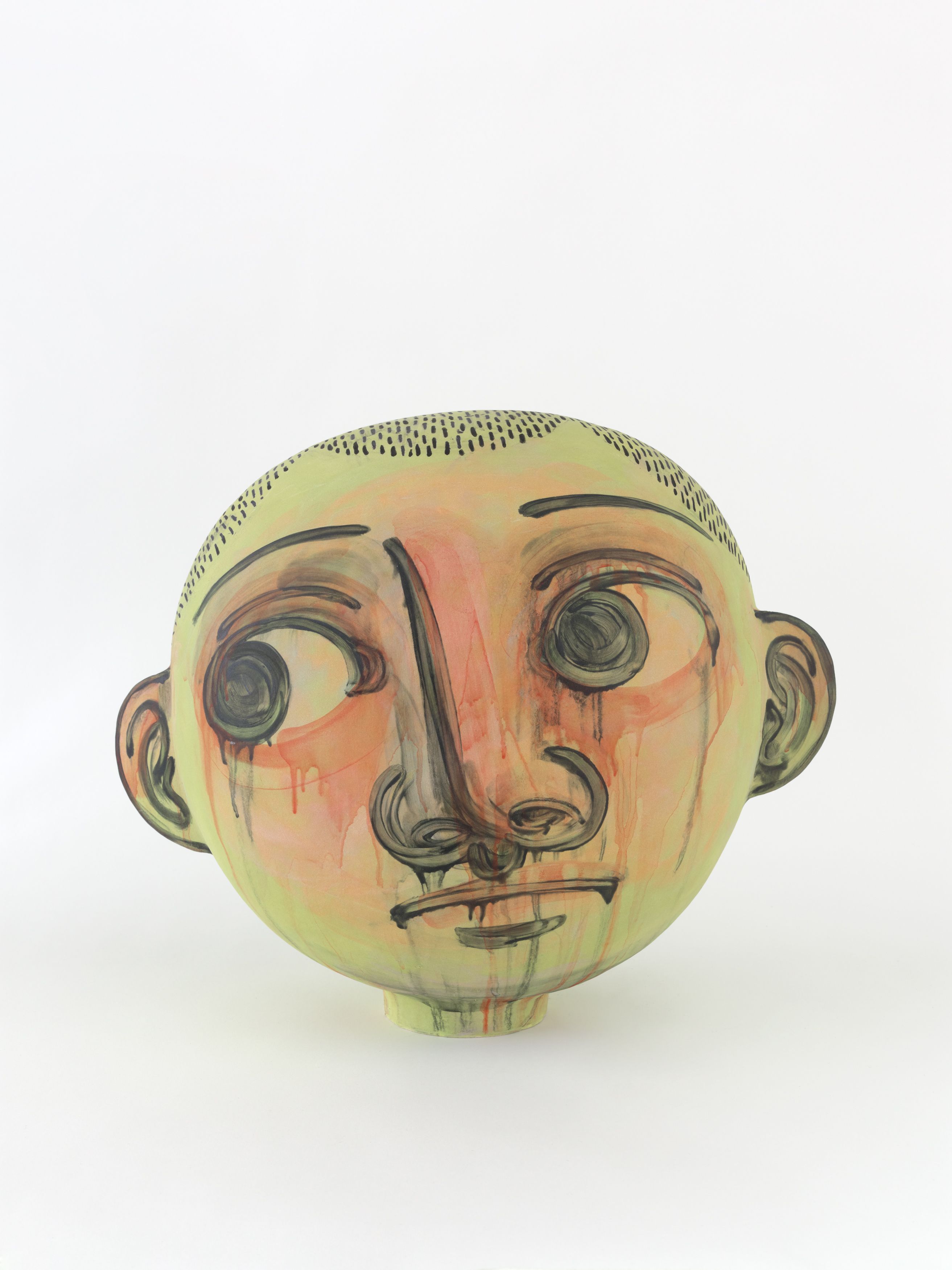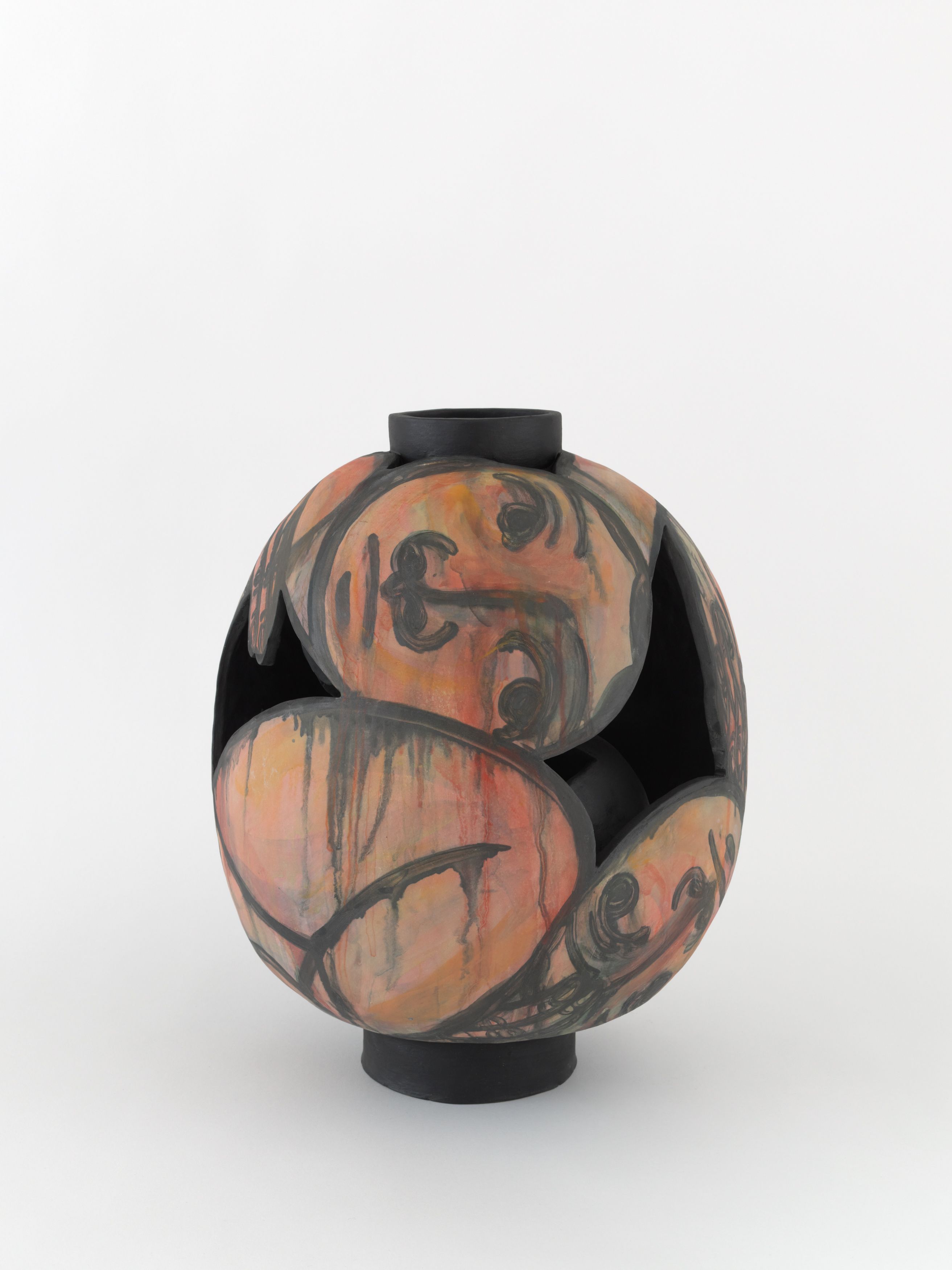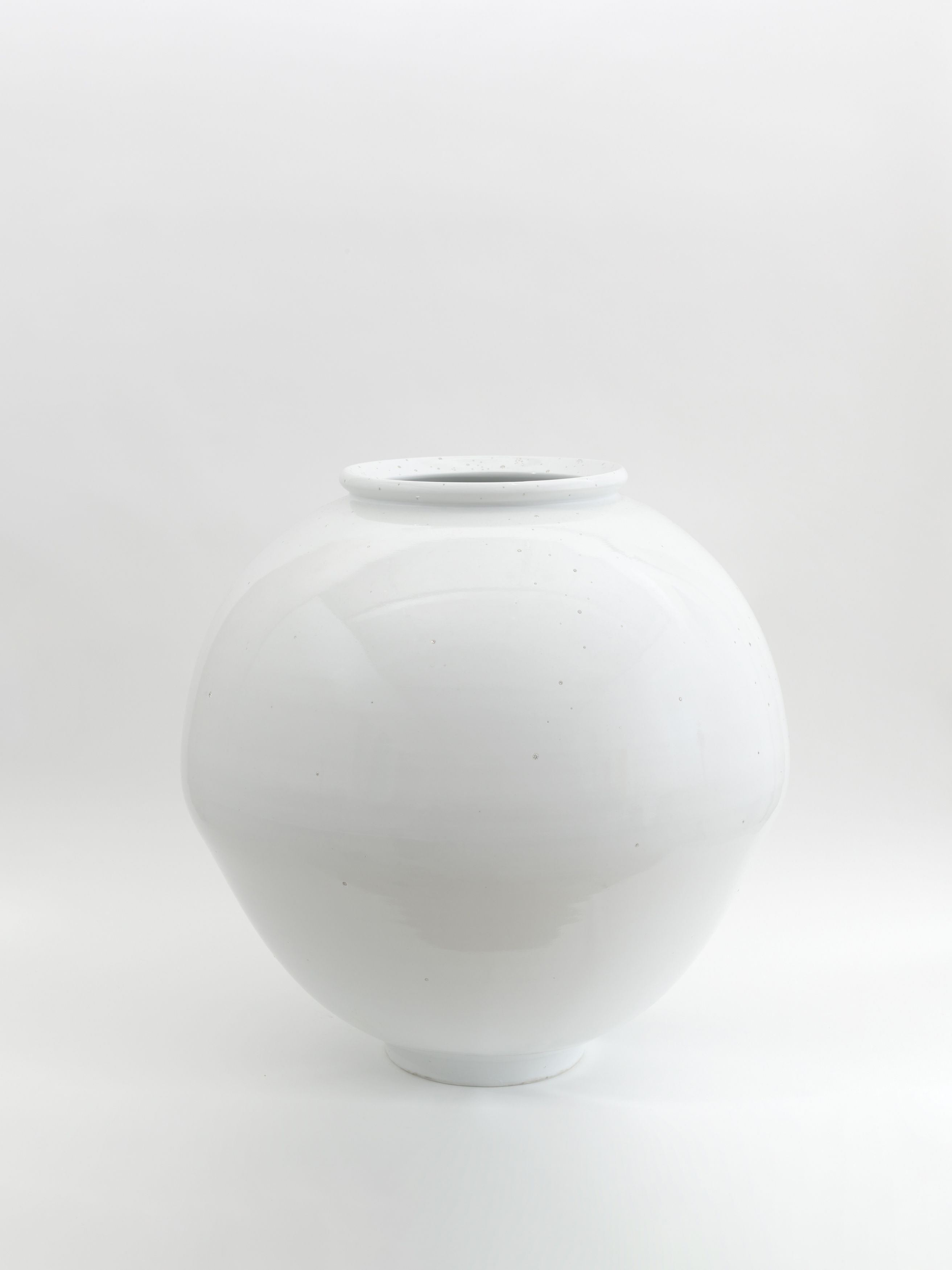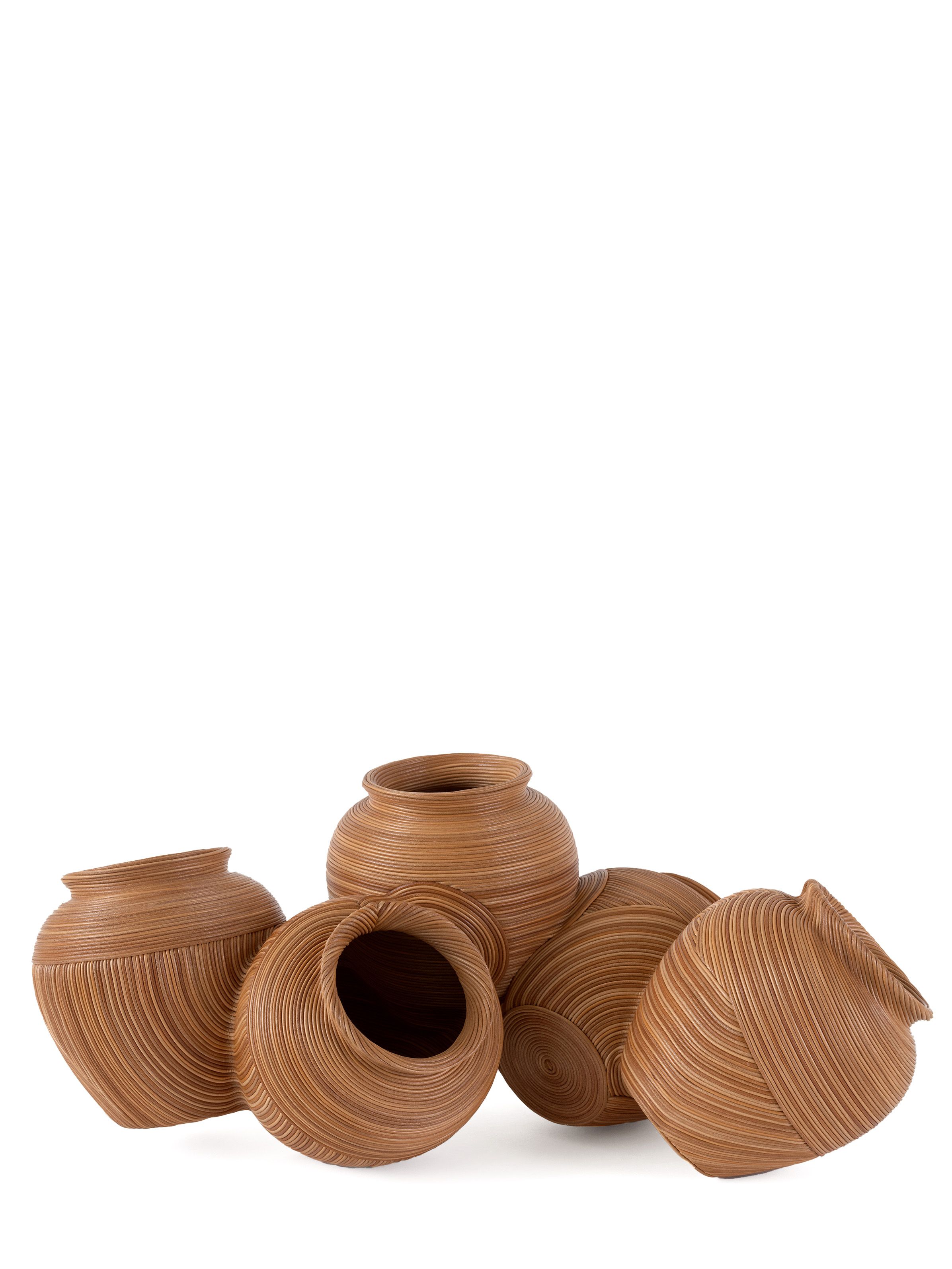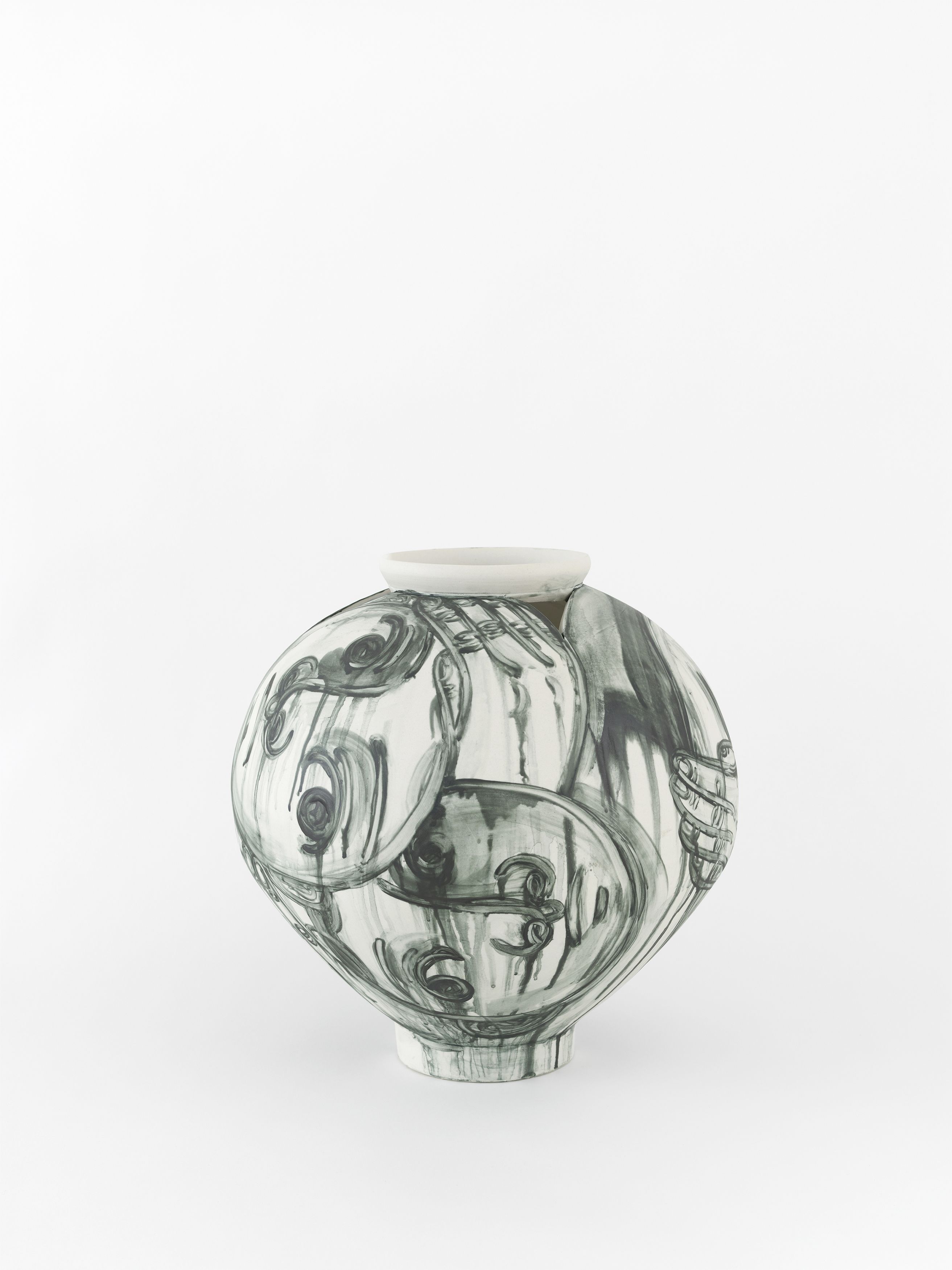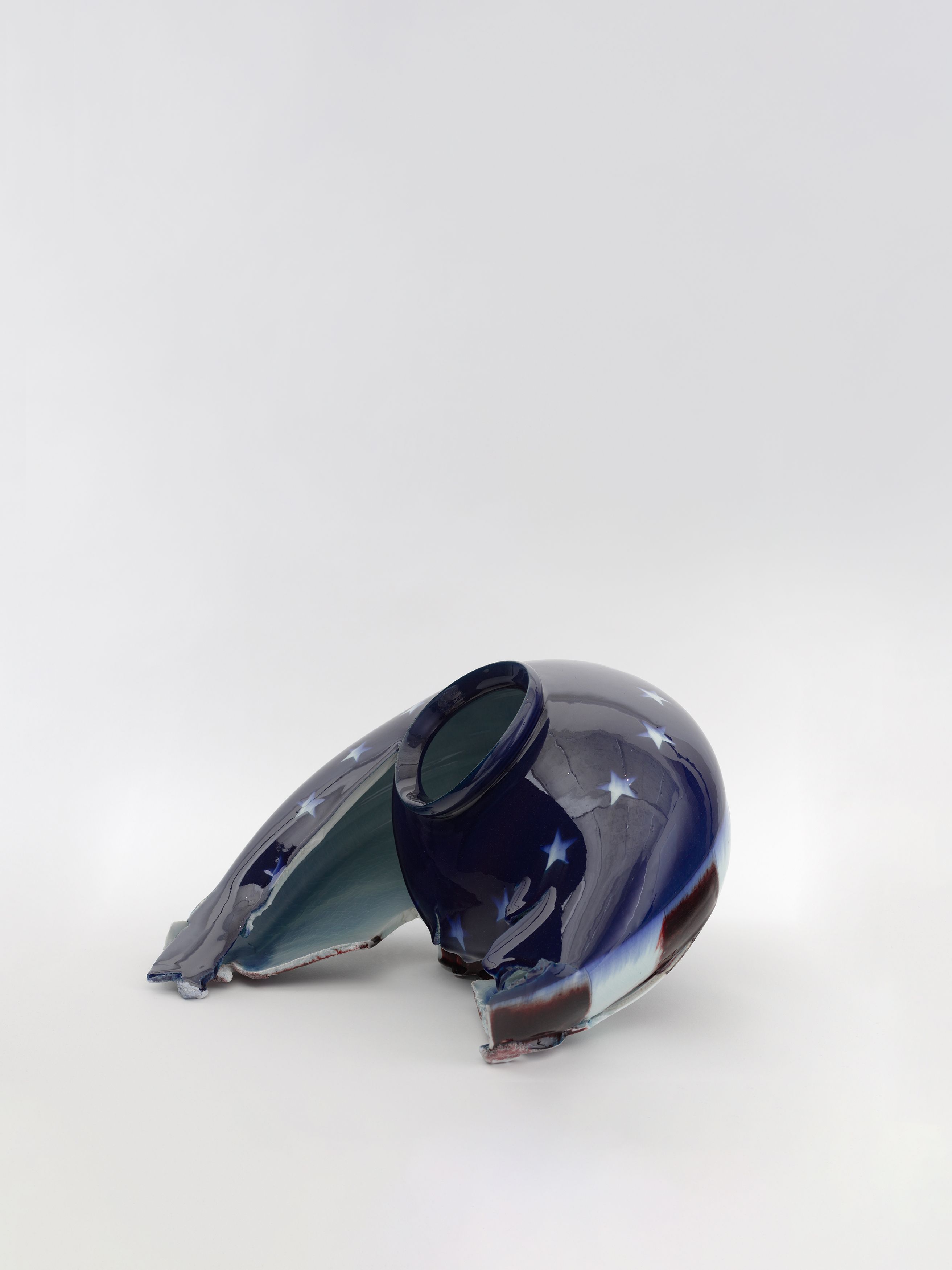
The Contemporary Moon Jar
Salon 94 Design explores the rich legacy of the Moon Jar, as reimagined by 6 living Korean and Korean/American artists.
Installation Views
Artwork
The Contemporary Moon Jar
Salon 94 Design explores the rich legacy of the Moon Jar, as reimagined by 6 living Korean and Korean/American artists; Jay Sae Jung Oh, Jaiik Lee, Kwangho Lee, Minjae Kim, Soojin Choi, Steven Young Lee, and Young Sook Park in collaboration with jeweler Charles de Viel Castel.
Originating in Korea during the Joseon Dynasty (1392-1910), the traditional Moon Jar’s formal qualities stem from utilitarian beginnings. Sculpted by conjoining two wheel spun porcelain hemispheres, the seam between them smoothed to a faint yet visible meridian, the unadorned white forms were first used for storage or flowers. In the 18th Century, a time when the country’s neo-Confucian ideals inspired an aesthetic preference for austerity and understated elegance, Moon Jars evolved into highly coveted ritual and votive vessels. They were prized for their near-perfect form and milky white glaze resembling the moon in both aesthetic and spirit.
Today, contemporary artists reinterpret this iconic Moon Jar, expanding its meaning through material innovation, new contexts, and applied imagery. For FOG, six artists approach the Moon Jar through the lens of their own Korean and Korean/American identity—expanding and exploring the limits of its craft.
Steven Young Lee’s Old Glory, represents a ruptured sense of personal Korean American identity—the traditional vessel form is punctured before firing and adorned with a glossy red, white, and blue American flag. As resident artist director of the Archie Bray Foundation for the Ceramic Arts in Helena, Montana, his practice is heavily rooted in the history of porcelain yet he uses deconstruction and imperfection to create objects that offer “harmony through dissonance”—a concept highly sought after in the simple elegance and imperfections of the traditional Moon Jar. Young Sook Park partnered with jeweler Charles de Viel Castel to create the Uju Vessel, a porcelain Moon Jar inlaid with a constellation of over 30 carats of precious diamonds. Showcasing the traditional Korean porcelain techniques for which Park is internationally renowned, and her deep appreciation for the history of the craft, the Uju Vessel pushes the limitations of the delicate material and submits the form to new forces when drilling and inlaying each diamond by hand. The result is a convergence of trust, vision, and tension, built on mutual admiration and reverence for the integrity of clay and stone.
Inspired by the phrase “해를 품은 달” (The Moon Embracing the Sun), Soojin Choi’s Moon Jars, Full Moon Eclipse and Red Moon Eclipse, explore the nuanced interplay of light and shadow - introducing figuration and cutouts to the traditional form. Similar to the moon embracing the sun in an eclipse, these works delve into the delicate equilibrium between light and dark, presenting a visual narrative of human emotions within the celestial embrace of time and circumstances. Jay Sae Jung Oh, Jaiik Lee, Kwangho Lee, and Minjae Kim’s Moon Jars deviate radically from the traditional porcelain craft with the use of innovative materials and techniques. Jaiik Lee’s Transition Cora and Transition Stratus, take inspiration from the variation and imperfections present in the Moon Jars’ assembled hemispheres: each vessel is made of several meticulous cuts of copper, the seams of each vessel are accentuated with visible welding points, then meticulously painted, sanded, and fired with layers of deep porcelain color and gold leaf.
Kwangho Lee’s Moon Jars introduce 3D printing technologies to achievean intricate woven surface impossible to achieve by the human hand with ceramic. They honor the moon-like form, while pushing the medium to new limits as contemporary processes catch up to aesthetic innovation.
Growing up in Korea, Minjae Kim remembers visiting the highly coveted Moon Jars at institutions and galleries lifted out of reach on high pedestals, away from admiring hands - yet so humble in form original intent. Through years of experimentation with resin, Kim developed a Moon Jar of his own, nearly impervious to destruction and far more accessible in its material, composed of rope and fiberglass.
Similarly, Jay Sae Jung Oh’s Salvage Moon Jar employs her hallmark woven leather cord technique to craft not one, but several, interconnected moon jars in an assemblage that showcases her meticulous craftsmanship. She emphases the Moon Jar’s circularity and non-linearity through her surface patterning, speaking poetically to the interconnected nature of humans and the moon.
In an era defined by rapid change, these Moon Jars serve as a poignant reminder of the enduring relevance of tradition in shaping contemporary artistic landscapes. The artists, inspired by the Moon Jar’s timeless elegance, bridge studied craftsmanship with conceptual rigor and experimentation, inviting viewers to contemplate the intersection of past and present.


